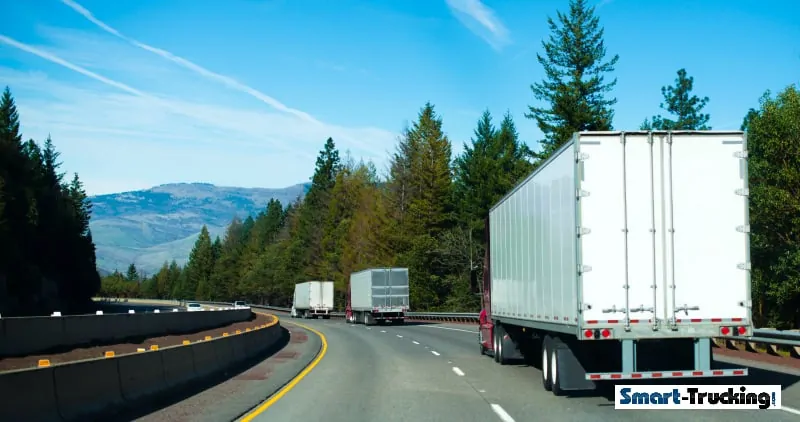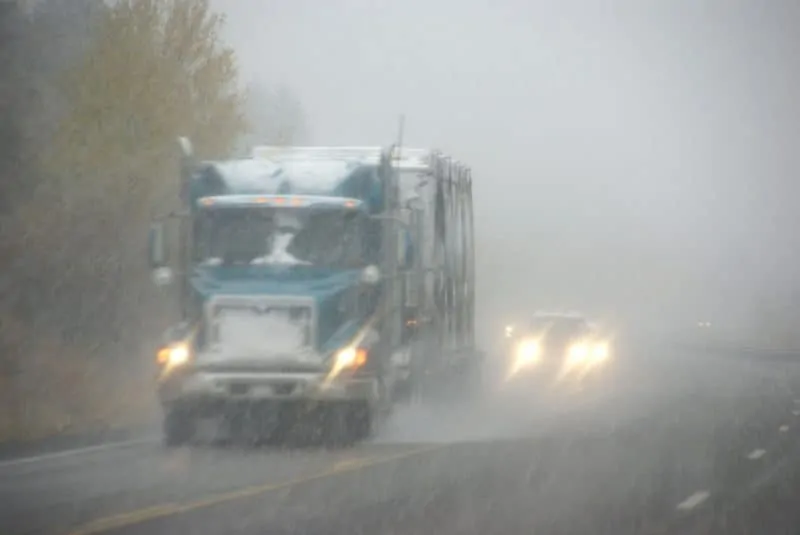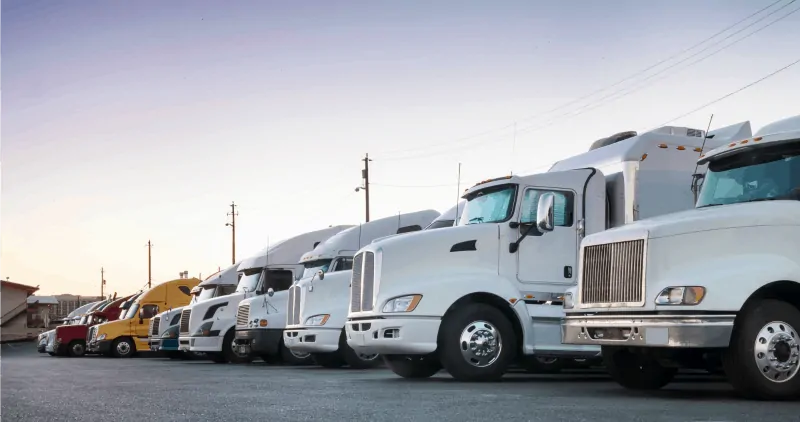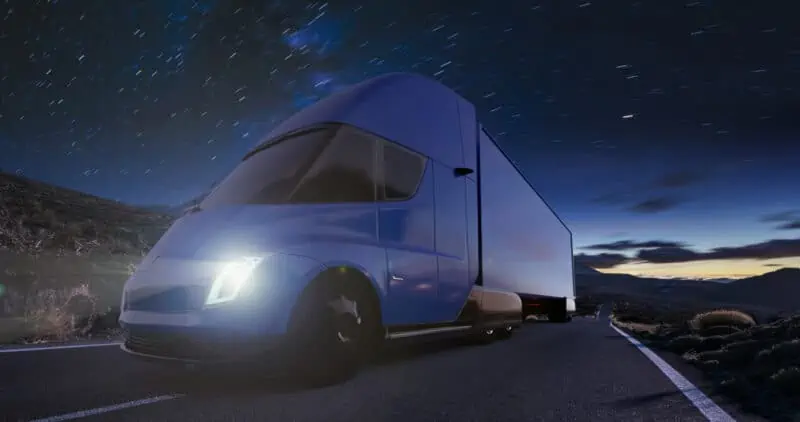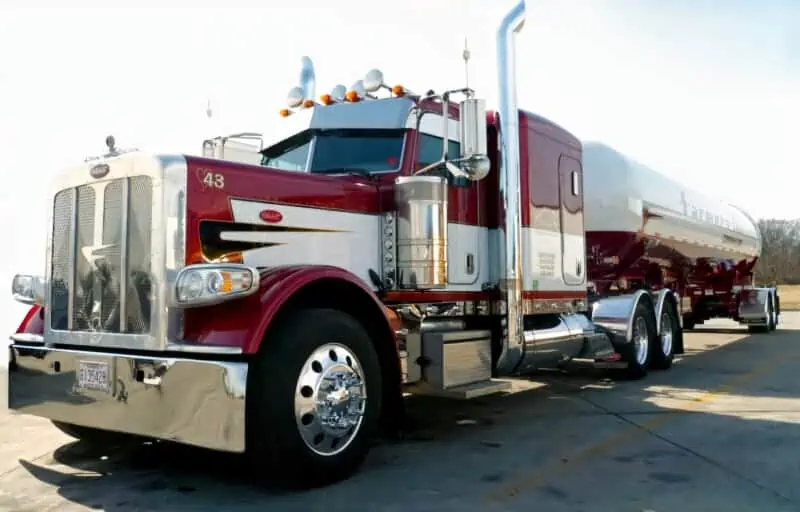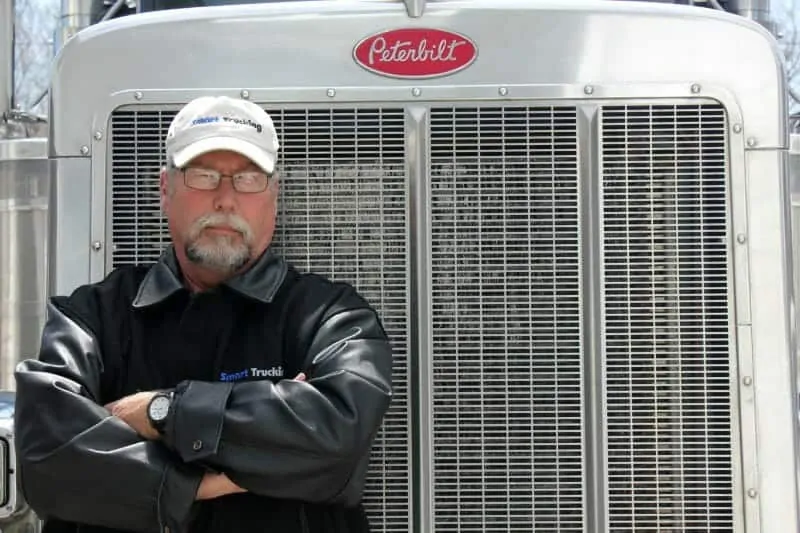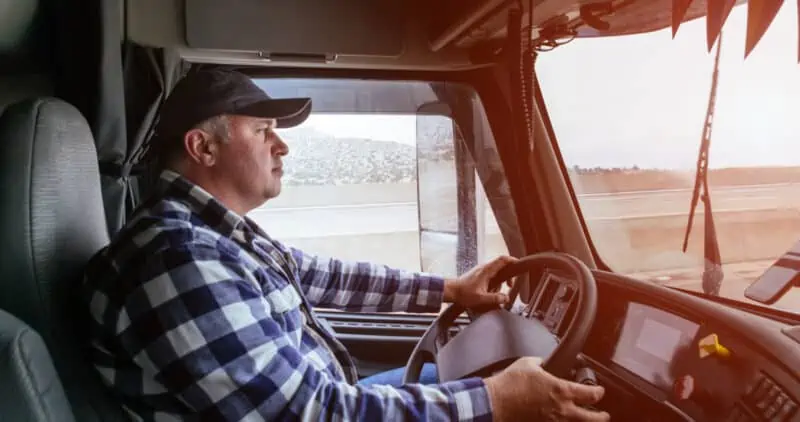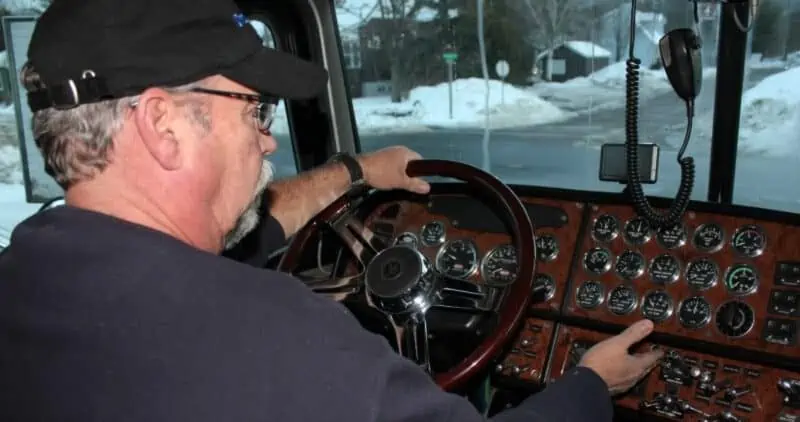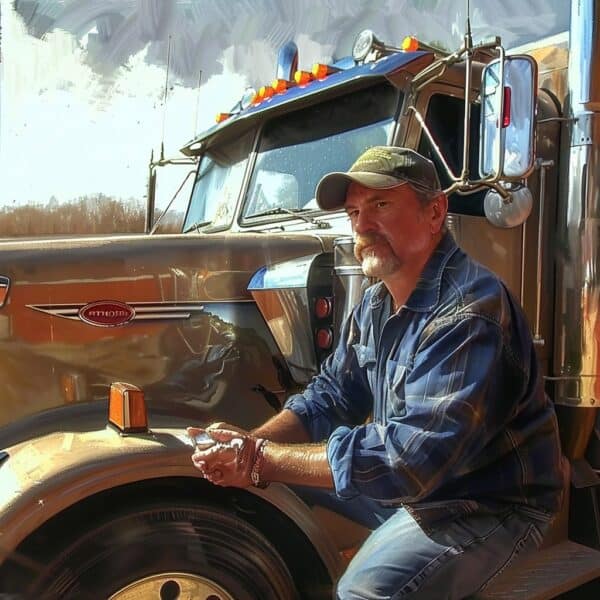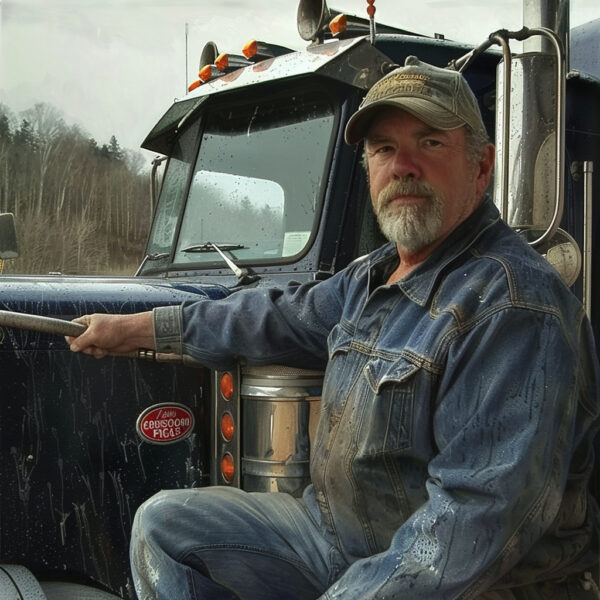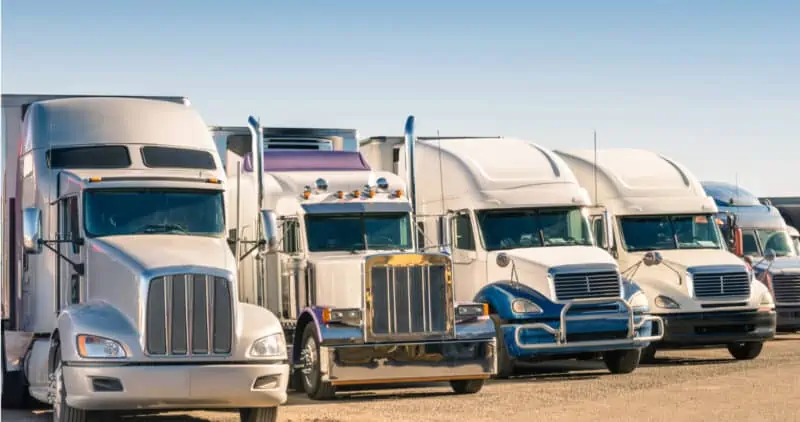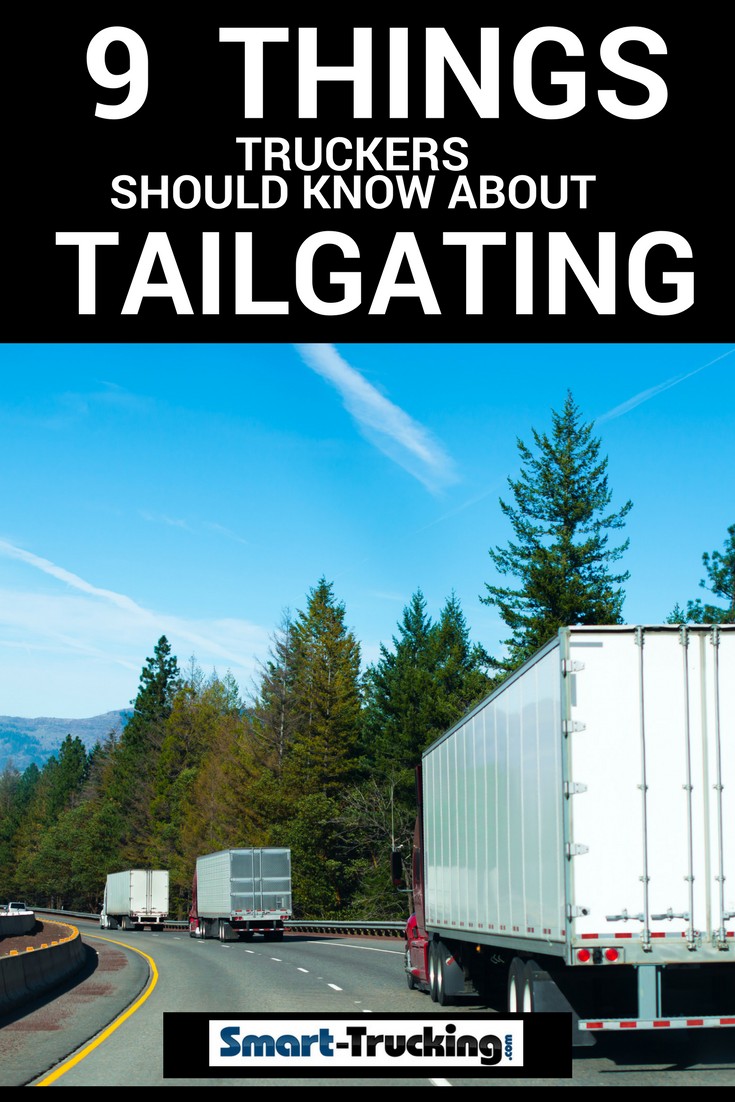
1. Avoiding Tailgating in a Commercial Truck is Harder Than You’d Think
Commercial big rigs require a lot of room to come to a safe, complete stop. On some interstates, it is relatively easy to maintain a good distance in front of your vehicle, such as on the open roads on many portions of I-80.
However, when traveling through heavy congested traffic, like what you’d see on truck routes through Boston or Chicago, this is usually not possible. Put your safety first. Choose a lane and stick with it for as long as possible so that other drivers can maneuver around you. If someone is getting too close to you then slow down and give yourself safe distance.
2. Even If You Think You’re Not Tailgating, You Still Might Be Following Too Close
Many schools of thought suggest that you need a full truck trailer length of stopping distance for every 10 mph. For example, when traveling at 60 mph, a driver would leave 6 truck trailer lengths in front of his truck.
Sometimes, this distance is not sufficient either. This calculation is a base but stopping distance depends on terrain, weather and the condition of your tires and brakes. My personal rule of thumb is ALWAYS leave as much space in front of the vehicle as you possibly can. That way, you’ve done your best NOT to tailgate and leave a buffer zone in front of your vehicle.
Leaving several trailer lengths in front of your commercial truck may feel like enough but technically, you may still be following too closely to stop safely in case of an emergency. You can only know for sure if you need to use it!
Related Article > The Difference Between a Rookie Truck Driver and a Professional Truck Driver
3. Road Conditions Affect Your Safe Stopping Distances
This may seem obvious but there are many factors you should take into consideration when avoiding tailgating as a commercial truck driver.
Speed, weather, and traffic are huge influencers of how much distance you need to avoid tailgating.
-
- Speed – Many vehicles DO travel at speeds above the posted speed limit. This is also another reason to leave lots of room in front of your vehicle.
- Weather – When the weather is nasty, big trucks require even more room to slow down. If you’re a professional truck driver, I’m sure you’ve witnessed long car and truck pile up accidents, where many cars and trucks pile into one another. Chain reaction accidents such as these, are the result of too much speed and tailgating.
- Traffic – I’ve noticed over my years as a professional driver, that traffic travels in bunches or groups. I do not like being part of these bunches of cars and trucks. I personally like to travel in front of the cluster and lineup of cars. If I’m able to safely get ahead of the cluster, I do. If anything goes wrong with this tightly grouped cluster, I’m well ahead of the problem, with a clear shot out in front of me.
Related > How a Dash Cam Can Protect the Professional Truck Driver
4. Traveling in a Convoy Pattern
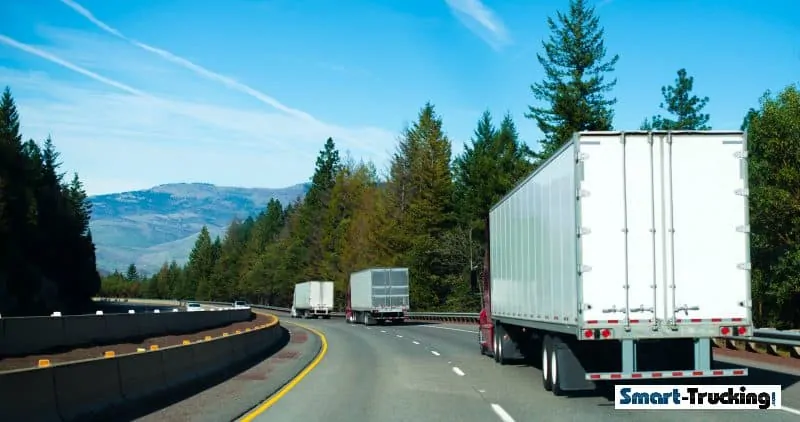
Don’t rely on others. Keep your own safety buffer zone.
Related > Critical Tips For Truckers For Avoiding Unnecessary Accidents
5. Be Mindful of “Drafters” When Avoiding Tailgating
Drafting is a practice used by some non-commercial drivers to reduce fuel consumption on the highway. Essentially, they tailgate the back of a big rig to take advantage of this low-pressure zone. It reduces drag on their vehicle, by proxy, reduces gas consumption. This is a dangerous practice for them and also may be something you do not see. Passenger vehicles crowding or following too closely to commercial trucks is one of the top causes of accidents among commercial vehicles. Keep in mind that some people do this. Do your best to get into a different lane and avoid drafters.
6. Maxing Speed on a Hill Can Unintentionally Lead to Tailgating in a Big Rig
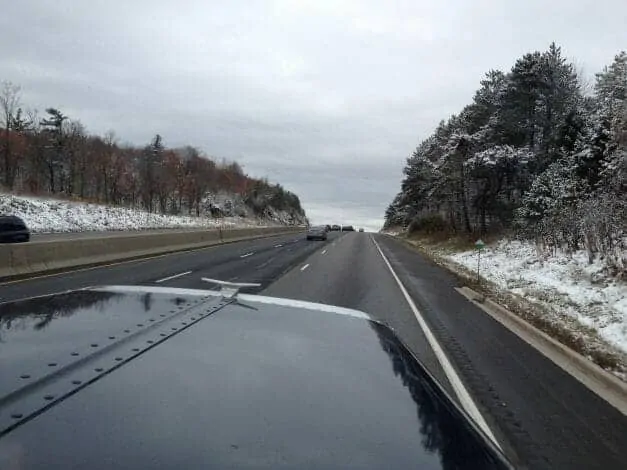
This can be a very dangerous practice.
Drivers can be surprised when they reach the top of the hill and discover a vehicle, where they had least expected it.
The driver can then also find himself tailgating a vehicle when he reaches the top or bottom of the hill.
The goal is to position your truck so that you are interacting with as few other vehicles as possible. This greatly decreases the odds of an accident.
Related > 7 Critical Mountain Driving Tips For Truck Drivers
7. E-Logs Promote Tailgating for Truck Drivers
I believe elogs promote tailgating in commercial truck drivers. Due to the time constraints related to elogs, I find drivers are rushing more in order to adhere to their Hours of Service before they run out of hours.
Commercial truck drivers do seem to tailgate more frequently. This could be due to adherence to the Hours of Service. Drivers are worried about running out of hours and are rushing to their destination, not leaving ample space around their truck.
8. What Can Happen Without Sufficient Stopping Room in Your Commercial Truck
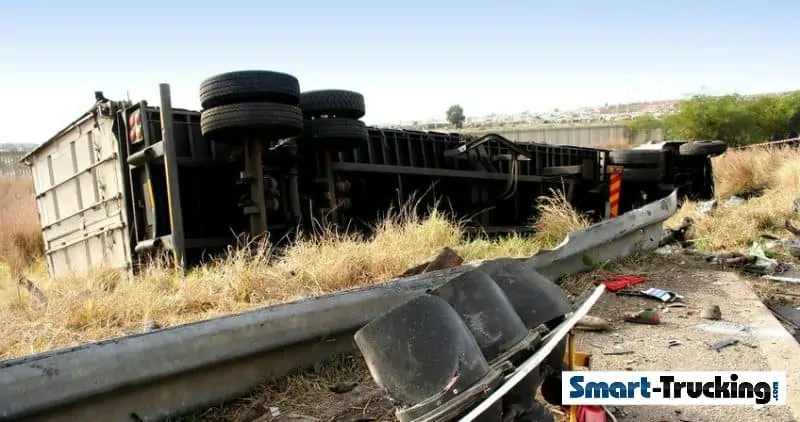
If a car goes sideways on the road in front of you, or the truck hits an icy patch, or the weather rapidly causes freezing rain, you must be prepared to slow the vehicle down safely.
Hitting the pedal hard to slow the truck down, will almost always cause a jackknife slide situation. This is definitely a situation you do NOT want to find yourself in. Jackknifing is one of the top causes of commercial truck wrecks and one of the worst situations for you as a professional truck driver.
If you need to stop, you may be thankful you have that extra room in front of you.
Related > 7 Tips to Avoid A Skid in a Big Rig
9. The Best Way to Avoid an Accident is to AVOID Tailgating
I personally travel at the speed limit in either the right lane or the middle lane when on the road.
This way, I find most traffic will be in more of a hurry than I am and will pass me. Then, I can usually get a nice big space in front of my vehicle and beside my vehicle as well. This keeps me away from other vehicles and minimizes my chances of being involved in an accident with another vehicle.
Be prepared for other vehicles to try to crowd out your vehicle and force you to travel faster. Don’t be intimidated by them.
If you are driving safely, at the correct speed limit, you are well within your rights and obeying the law. The biggest safety tip I can offer commercial drivers is to avoid tailgating and be aware of others tailgating you.
More Articles
- Learn How to Talk CB Lingo Like a Trucker, C’Mon!
- How to Back Up a Tractor Trailer Like a Boss
- How to Handle a Jack Knife Skid
- 7 Things You Need To Know About Your First Year as a New Truck Driver
- What Every Trucker Should Know About Dangerous Truck Deliveries
